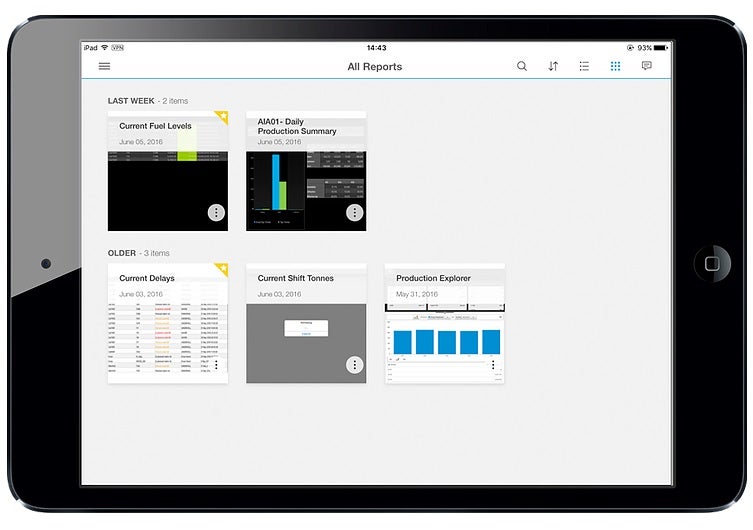
As more mining operations move towards automated assignments, there is a significant hurdle that is often overlooked: Improving communication between the pit and the control room!
In our experience, it is rare that this critical change happens proactively. Instead, this step is usually only considered much later, when relations between the pit teams and the dispatchers have often broken down, and confidence in the system is damaged.
Here are 5 steps to avoid falling into this trap:
Step 1 – Communicate (and discuss!) the Shift Plan
Ensure the dispatchers are included in the start of shift planning meeting. Make sure they are part of the discussion, and importantly make sure they are informed of any planned operational delays such as blasting, planned maintenance and other stoppages. Loading tool, mining block, and blending priorities should be clearly outlined. This will assist in ensuring that the dispatchers have the information needed to run the shift as per the plan – rather than just tonnes/productivity which is how an FMS will “naturally” operate without being given specific goals.
Finally (but most importantly!) we wholeheartedly believe that the Dispatch Team should take control of coordinating trucks during planned stoppages – rather then, for example, a shovel being stopped by the Pit Team for fueling… and the dispatcher only finding out much later on.
Step 2 – Regularly Scheduled Communications
The Pit Team should not be afraid of visiting the control room to discuss issues that may arise during the shift (we suggest this is even beneficial!). Equally, the Dispatchers should not be frightened to radio the in-pit team to understand why specific actions were taken. Regular roundtable debrief sessions can be good if held in a distraction-free room.
Although at some operations it doesn’t always feel like it, everyone is on the same side. All individuals should be confident to express their views and don’t shy away from constructive discussions. Learn how to maintain an open channel of communication and your operation will soon see boosts in productivity and morale.
Step 3 – Mobile Dashboards for Pit Bosses
Fitting the Supervisor’s light vehicles with displays, or using handheld tablets, can enable crucial KPIs to be pushed out to the Pit Team in near real-time. The ability to send loading rates or queuing times to an in-car dashboard can go a long way to giving the supervisors the ‘bigger picture’ – this can then help to avoid angry phone calls to the control room asking why EX03 doesn’t have any trucks.
Step 4 – Joint Handover Notes
Develop a method of recording handover information. This should be used to convey important on-shift information that is not automatically created or captured by FMS. Both the dispatchers and pit supervisors should add their comments and unique context to shift performance versus production goals. The incoming crew will also get to see this important information which in term will help them out with their shift.
Step 5. Automated Compliance Reporting
We have assisted a number of operations who have chosen to begin combining ‘the plan’ versus ‘what actually happened’ within automated end of shift reporting. Whilst this can be quite complex to set up due to all the various mining data nuances, this sort of report can pay dividends by keeping the mine on track with the plan… rather than everybody getting a horrible surprise when the end of week or end of month reconciliation is done.
Over the next few months, we are going to be heavily involved with a lot of process work to assist a number of operations in improving this critical area.

